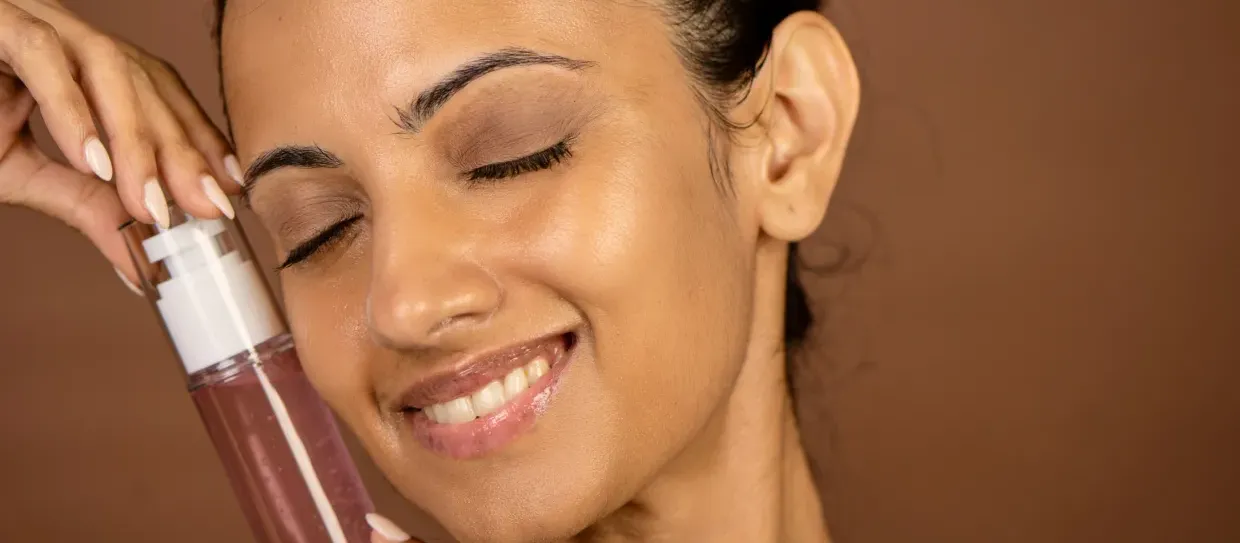Mastering Sunscreen Application After Moisturizer

EXTRA 5% OFF ON PREPAID

In the world of skincare, the application of sunscreen is often a topic of debate, especially when it comes to layering it with moisturizer. Understanding the right order to apply these products is crucial for achieving optimal skin health and protection. This guide will help you navigate the best practices for applying sunscreen after moisturizer, ensuring your skin remains protected from harmful UV rays while also benefiting from the hydration that moisturizer provides.
Sunscreen is a non-negotiable part of any skincare routine. It protects your skin from the sun's harmful ultraviolet (UV) rays, which can lead to premature aging, sunburn, and even skin cancer. Regardless of your skin type or tone, incorporating sunscreen into your daily regimen is essential for maintaining healthy skin.
Moisturizers are designed to hydrate and nourish your skin. They help to lock in moisture and create a barrier against environmental aggressors. Sunscreens, on the other hand, serve to shield your skin from UV radiation. When applying both, the order can significantly impact their effectiveness.
Applying moisturizer before sunscreen is generally recommended. This method allows the moisturizer to penetrate the skin and provide hydration without being obstructed by the sunscreen. However, it’s important to choose a lightweight moisturizer that absorbs quickly to avoid any greasy residue that could interfere with the sunscreen's effectiveness.
Here’s a step-by-step guide to applying sunscreen after your moisturizer:
While some may consider mixing sunscreen with moisturizer for convenience, this practice is not advisable. Mixing can dilute the effectiveness of the sunscreen, leaving your skin vulnerable to UV damage. Instead, apply them separately to ensure maximum protection.
Incorporating both moisturizer and sunscreen into your routine addresses different skin needs. Moisturizers hydrate and nourish, while sunscreens protect against UV rays. Together, they create a balanced approach to skincare that promotes overall skin health.
It’s best to wait about 5-10 minutes after applying your moisturizer before applying sunscreen. This waiting period allows the moisturizer to fully absorb, ensuring that the sunscreen can adhere properly to your skin.
Yes, both sunscreen and moisturizer can be left on your face throughout the day. However, reapplication of sunscreen is crucial, especially if you are spending extended periods outdoors or engaging in activities that cause sweating. Aim to reapply every two hours for optimal protection.
If you wear makeup, applying it over sunscreen is perfectly fine. However, consider using mineral makeup or powder sunscreens for touch-ups throughout the day. These products can help maintain sun protection without disrupting your makeup look.
Yes, even if you wear makeup, applying sunscreen is essential. Look for makeup products that contain SPF, but don’t rely solely on them for protection.
Choose a broad spectrum sunscreen with SPF 30 or higher. Look for formulas that suit your skin type, whether oily, dry, or combination.
Check for the broad-spectrum label, which indicates protection against both UVA and UVB rays. Additionally, ensure it has a suitable SPF rating for your needs.
Understanding how to properly apply sunscreen after moisturizer is a vital step in empowering your skincare routine. By embracing authentic self-expression through your skincare choices, you foster a sense of community and personal growth. Remember, your skin is unique, and so is your journey towards wellness.
As you explore your skincare options, consider products that align with your values of sustainability and quality. Opt for those that celebrate cultural heritage while incorporating modern practices, ensuring a holistic approach to your self-care routine.
Taking the time to learn about sunscreen and moisturizer can significantly impact your skin health. By prioritizing these steps, you not only protect your skin but also invest in your overall well-being. Embrace the journey of self-discovery through skincare, and remember that every step you take is a step towards a healthier, more radiant you.
With the right knowledge and products, you can achieve the glowing, healthy skin you desire. So, go ahead and empower yourself with the tools you need for authentic self-expression and holistic wellness.